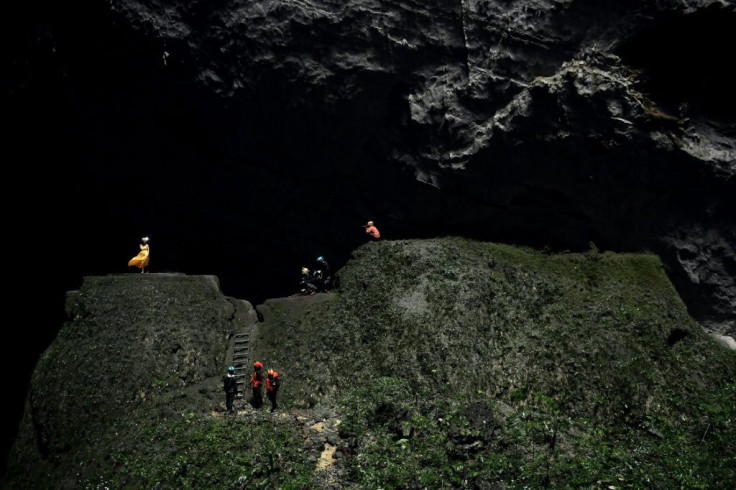Centuries-Old Lava Caves In Hawaii Host Innumerable New Life Forms, Study Finds
KEY POINTS
- Single RNA gene was used to identify common microbes
- The older lava tubes had more diversity
- The younger sites showed more complex interactions between microbes
Against all odds, the ancient lava tubes, vents and fumaroles in Hawaii are reportedly bursting at the seams with new life forms.
These places are considered one of the most hostile environments on earth, mimicking a cold, mars-like environment. Researchers have now found that they host a wide variety of microbes that were previously unknown to us.
These lava caves in Hawaii date back 65 to 800 years and they receive almost no sunlight. They may also harbor toxic minerals and gases. However, that doesn't deter the microbes thriving in these underground structures.
"This suggests that caves and fumaroles are under-explored diverse ecosystems," said the study's authors.
Ancient Lava Caves in Hawai'i Are Teeming With Mysterious Life Forms https://t.co/uGMN6ZENAx
— ScienceAlert (@ScienceAlert) July 25, 2022
Microbes account for the bulk of the planet's biomass, second only to plants, and nearly all the biomass in the Earth's deep subsurface. Yet according to recent estimates, 99.999% of all microbe species still remain undiscovered.
These microorganisms are so minute and are found in such extreme environments that little research has been done on them till now.
Samples of the microbial mats, collected between 2006 and 2009 and then again between 2017 and 2019 from the Hawaiian caves, revealed the presence of unique life forms. Researchers sequenced 70 samples for a single RNA gene, commonly used to identify microbial diversity and abundance. The results could not be matched with any known genera or species.
The old lava tubes (more than 500 to 800 years old) consisted of more diverse microbe populations and had less complex microbial interactions when compared to younger (less than 400 years old) and more active geothermal sites, according to the study published in Frontiers in Microbiology.
"This leads to the question, do extreme environments help create more interactive microbial communities, with microorganisms more dependent on each other?" wonders microbiologist Rebecca Prescott, a co-author of the study. "And if so, what is it about extreme environments that help to create this?"
Also, the microbes found at the younger sites were more distantly related, suggesting that competition is a strong force in harsher environments, which lowers the probability of closely related species living beside each other.
"Overall, this study helps to illustrate how important it is to study microbes in co-culture, rather than growing them alone (as isolates)," added Prescott.

© Copyright IBTimes 2025. All rights reserved.





















